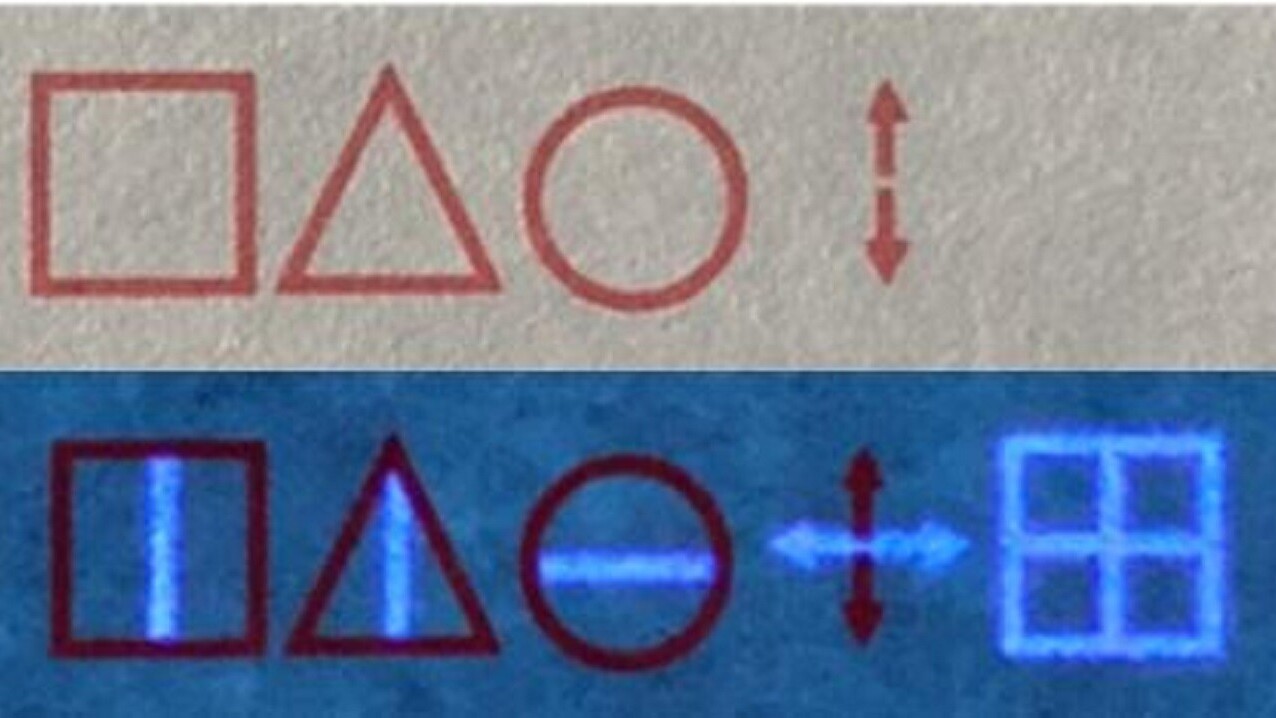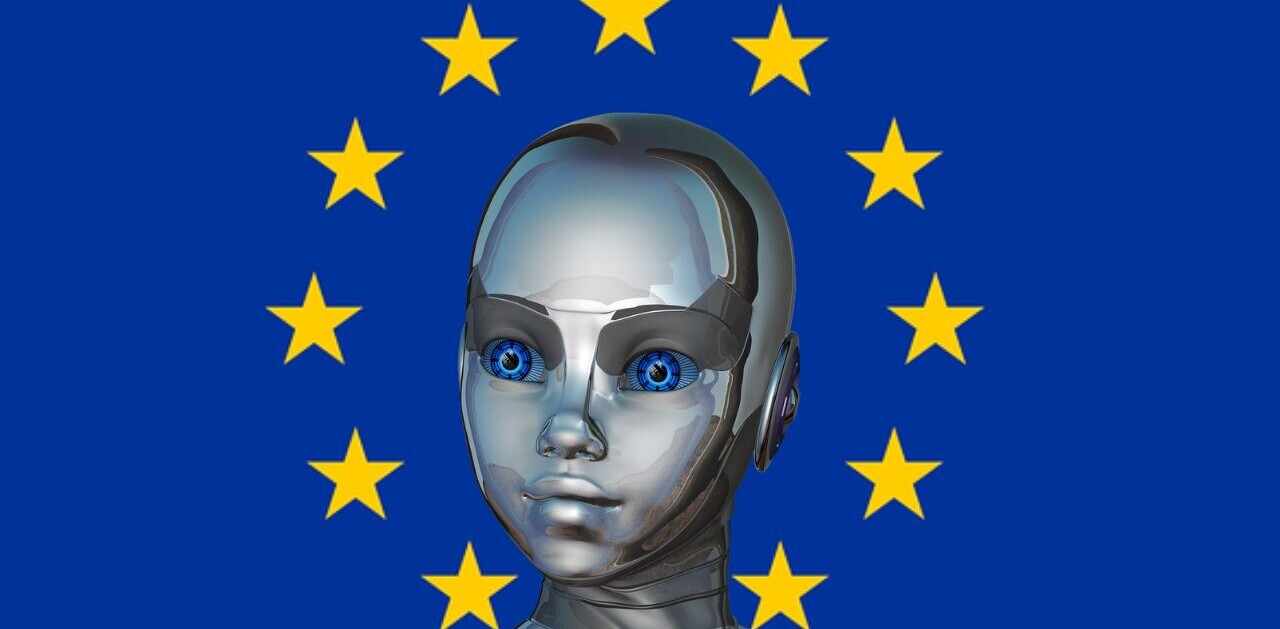A team of researchers from the Harbin Institute of Technology in China have developed a system by which invisible ink and a basic cipher can be combined with relatively simple AI to create an ‘uncrackable’ offline encryption method.
Up front: Remember when you learned that you could use lemon juice and water to write invisible messages on paper? Well, this is a lot like that. The researchers then take the invisible ink and use it to write a code that only an AI can break.
Per the team’s paper:
The ink was prepared by dissolving carbon nanoparticles in water, which has a high quantum yield and outstanding light stability and salt stability, thus ensuring the integrity of information in complex environments.
A five-layer convolutional neural network … was specially trained based on ultraviolet light excited symbols printed by invisible ink. Using this scheme, the correct information could only be read with the specially trained neural network after ultraviolet (UV) irradiation. Without this trained neural network or UV irradiation, misleading messages will be presented.
Background: Technology holds the promise of ‘unbreakable’ encryption in the form of quantum communications or some other non-reproducible form of data carriage. But this is not that.
This research showcases how basic technologies can be combined to produce something greater than the sum of their parts. Artificial intelligence is a backbone technology for modern encryption, but it’s traditionally unhelpful if you’re trying to keep prying eyes out of your physical documents (such as paper).
It’s unclear why you’d have a cache of secret documents that can’t be encrypted in digital form… perhaps you’re a spy who has to pass handwritten notes to avoid Big Brother and the Eye In The Sky.
Nevertheless, plain invisible ink messages can be intercepted and exposed without the use of technological aids and visible codes are easily spotted as aberrant.
With this paradigm, you could come into physical possession of the document without realizing it had invisible ink – the team’s process results in ink that’s virtually impossible to detect without the use of a UV light. And, even if you discovered the ink, it wouldn’t do you any good because the message would also be written in a code that could only be broken with the code book.
Quick take: Technically speaking, there’s no reason why AI has to be involved in this encryption system. Any two humans could share the code book and use the chemical-based invisible ink process to send messages back and forth. But if you try to scale such an operation, it eventually becomes unwieldy. You can only have so many copies of the code book floating around before the encryption model is no longer secure. People suck at keeping secrets.
But AI won’t lose the book or sell it to the enemy or a competitor. Given all the scary use cases for something like this, that seems important.
Read the whole paper here.
Get the TNW newsletter
Get the most important tech news in your inbox each week.






